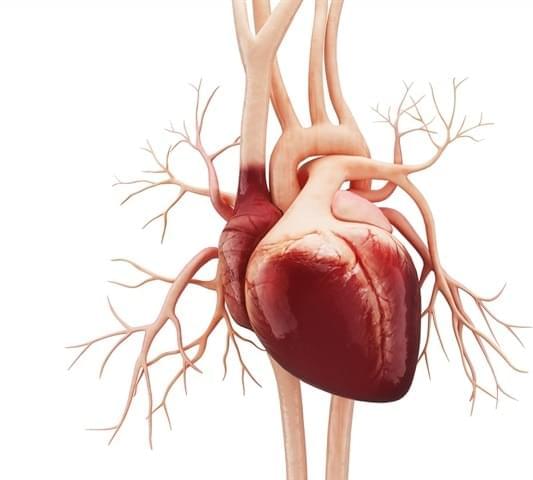YouTube is experimenting with AI-generated quizzes on its mobile app for iOS and Android devices, which are designed to help viewers learn more about a subject featured in an educational video. The feature will also help the video-sharing platform get a better understanding of how well each video covers a certain topic.
The AI-generated quizzes, which YouTube noted on its experiments page yesterday, are rolling out globally to a small percentage of users that watch “a few” educational videos, the company wrote. The quiz feature is only available for a select portion of English-language content, which will appear on the home feed as links under recently watched videos.
Not all of YouTube’s experiments make it to the platform, so it will be interesting to see if this one sticks around. We’re not sure how many people — especially if they’re no longer in school — want to take a quiz while they scroll through videos.







